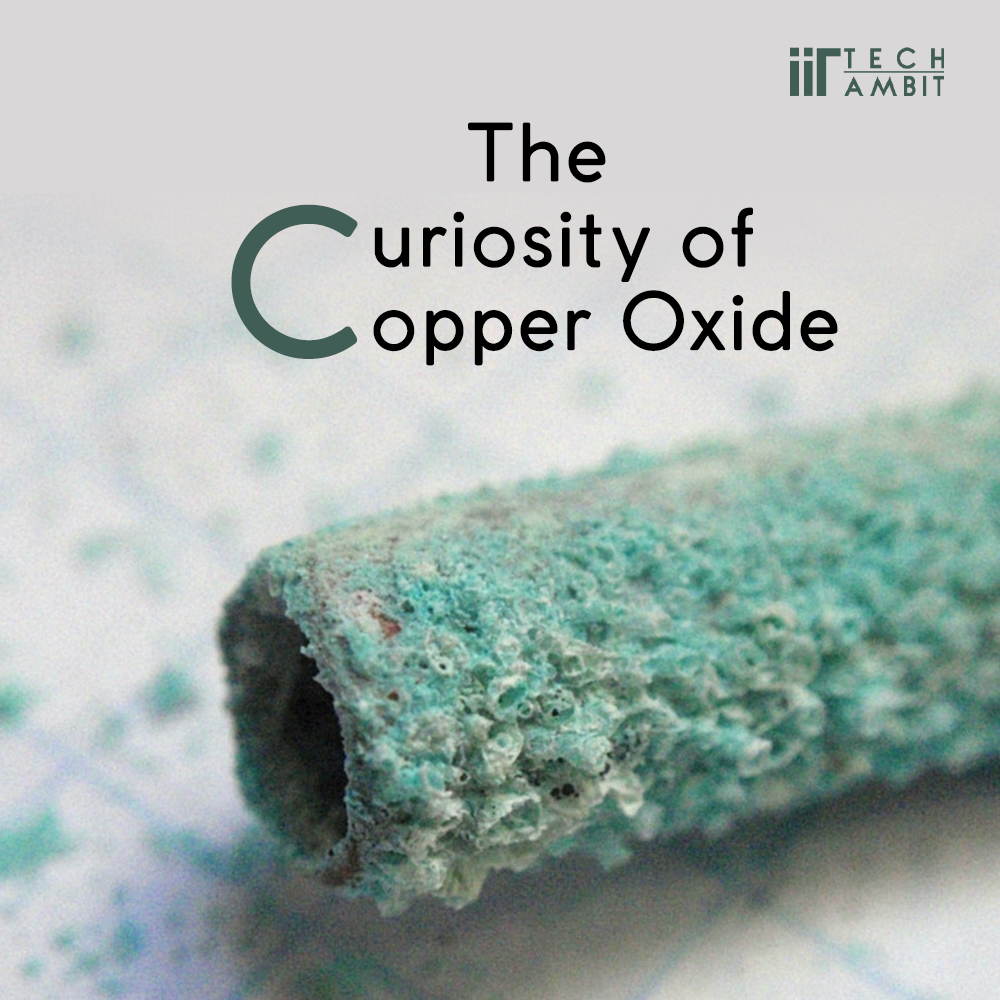About the Principal Investigator
Dr Dinesh Jagadeesan received his PhD from the Jawaharlal Nehru Centre for Advanced Scientific Research, Bangalore. He is currently an Assistant Professor at IIT Palakkad’s Chemistry Department. Before joining IIT Palakkad, he was a scientist at the National Chemical Laboratory, Pune, and a Postdoctoral Research Fellow at the University of Toronto, Canada. In 2017, he received the INSA (Indian National Science Academy) Medal for Young Scientists. His research interests and publications are largely focused on environmental catalysis, material chemistry, and heterogeneous catalysis.
External Chemical Agents: Why are they a big deal?
Chemical reactions are used all the time in industrial processes to create a wide range of goods. From detergent powder to concrete, there are numerous indispensable products that wouldn’t be possible without humanity’s knowledge of chemistry.
Industries perform chemical processes on an extremely large scale to synthesize commodities in bulk. However, there’s a small catch - many of these useful reactions normally take place at a painfully slow pace. Instead of watching paint dry, industries eliminate this problem of speed by introducing special external chemical agents in such reactions. These agents speed up reactions dramatically, without meddling too much with the actual process and producing unwanted byproducts. This saves industries a huge amount of time and money.
These agents (more precisely termed reagents in chemistry) can either be in the solid or liquid state. However, solid reagents are usually preferred over their liquid counterparts. The reason for this is simple. Solid reagents can easily be extracted from a completed reaction (which is not always the case for liquid reagents), and hence they can be reused for future reactions with minimal effort. From the perspective of an industry, this spells lower costs and higher production rates.
Researchers at IIT Palakkad have recently been working with solid reagents, in particular Cupric (Copper (II)) Oxide.
Solid State Defects: Nature isn’t perfect.
Reagents in the solid-state usually have their atoms arranged in a regular crystalline fashion (i.e. in a specific repeating order across all three dimensions). However, as with most things in nature, the ordering isn’t always flawless. Such naturally occurring imperfections in a crystal structure are called defects.
You might think that defects are undesirable. On the contrary, they are highly sought-after in many applications. This is because defects often give solids some very interesting properties, as Dr Jagadeesan and his PhD scholar Mr K. Rajendran found out in the case of Cupric (Copper (II)) Oxide.

Cupric Oxide Chronicles
The team observed that Cupric Oxide (chemical formula: CuO) could be synthesized in a lab with an abundance of a particular type of defect called ‘oxygen vacancy’. In the case of an oxygen vacancy, the oxygen atom of CuO isn’t present at the expected location, but rather within some other part of the crystal.
Surprisingly, the oxygen vacancies of the artificially synthesized CuO were found to be actively holding the oxygen atoms of other organic molecules. An easy way to visualize this would be to imagine a chemical ‘handle’ that can catch hold of an organic molecule.
On testing with various organic molecules, the team also observed that the oxygen atoms in a nitro (-NO2) functional group of an aromatic molecule were present in these vacant sites.
In a separate experiment, they observed that CuO was capable of decomposing hydrazine into Hydrogen and Nitrogen. Hydrazine (N2H4) is a colourless liquid that has uses in chemical synthesis and rocket fuel.
Putting two and two together, the team then hypothesized that CuO in the presence of hydrazine could convert a nitro (-NO2) group into an amine (-NH2) group - a process called transfer hydrogenation. This opened up some interesting possibilities, as hydrogenation is an essential step in many chemical processes.

The team collaborated with research groups at IIT Delhi, IIT Hyderabad, and CSIR-IIP to theoretically support the hypothesis. Their work was recently published in Applied Catalysis B: Environmental, a reputed journal in the domain of chemical processing technology. A patent of an extension of this process is also underway.
Potential Use Cases: Cheaper Paracetamol?
Paracetamol is a famous drug that is commonly used to treat fevers and mild body pain. In the pharmaceutical industry, it is prepared by combining two chemical compounds, namely para-aminophenol and acetic anhydride. The preparation of para-aminophenol is complex and is consequently very time consuming (approximately 12 hours). Additionally, palladised charcoal (which is expensive) is used in the process. However, Dr Jagadeesan and his team managed to use CuO to synthesize para-aminophenol in a faster and more cost-effective manner.

Additionally, the team also successfully prepared several other useful amino compounds with the help of CuO, hinting at potential applications in dyes, polymers, food products, agrochemicals, and the pollution treatment field.
The hydrogenation of nitro compounds using CuO doesn’t produce any solid waste and doesn’t even require any external energy input, which is a major bonus. The team is currently exploring other possible use cases.

